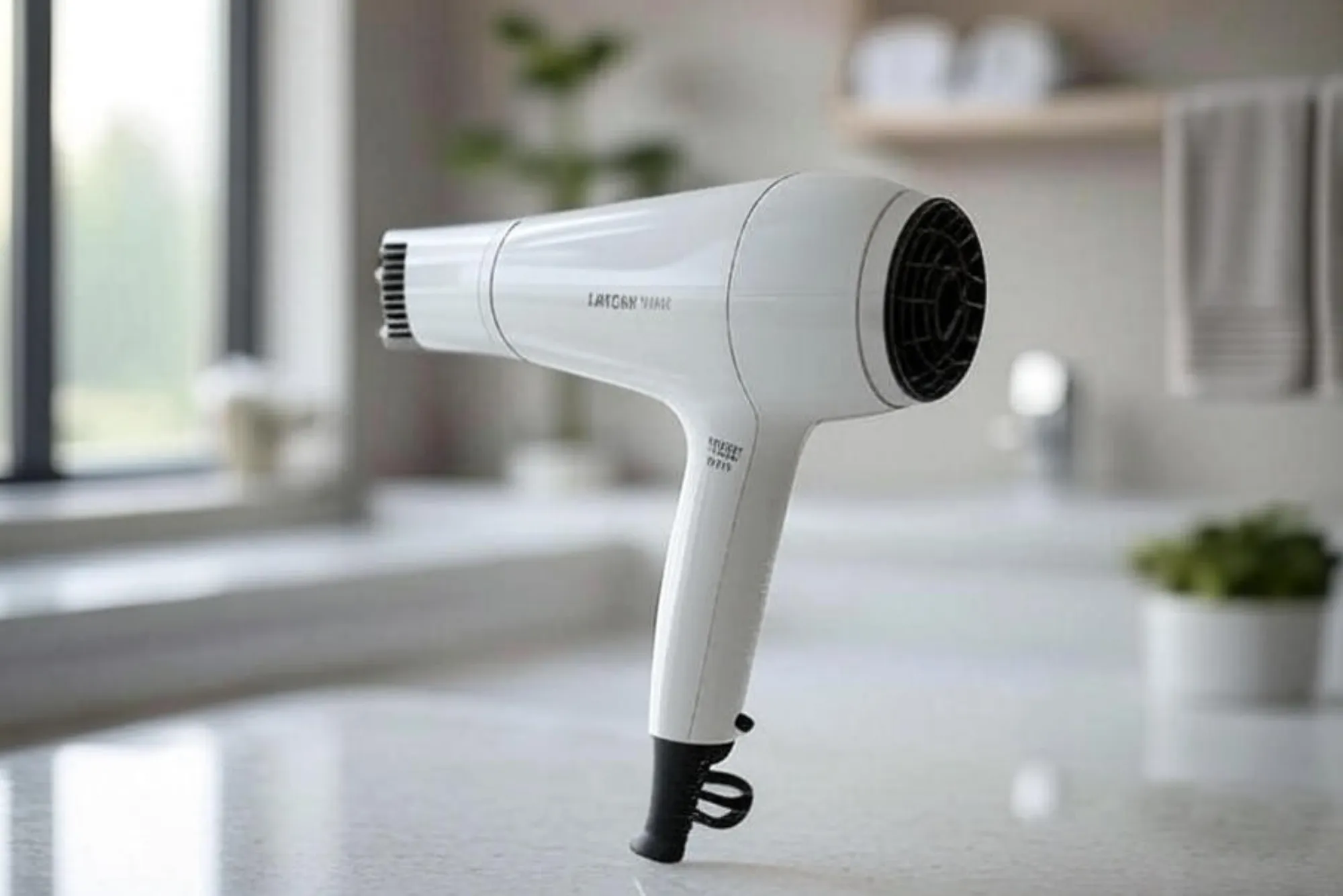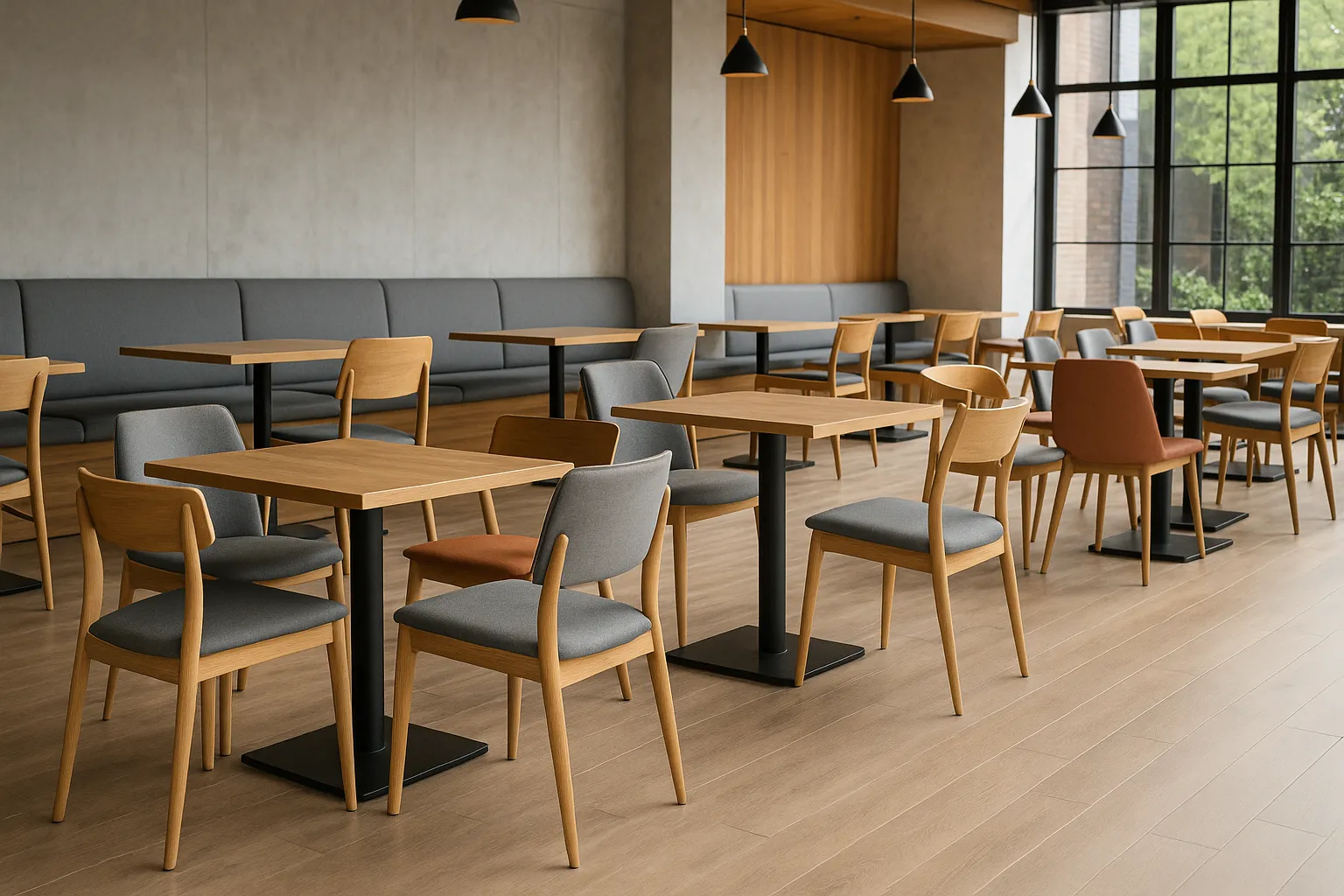The Power of DTF Transfers in Custom Printing
DTF transfers have transformed custom printing by offering vibrant, high-quality prints on various fabric types. Unlike traditional methods, DTF transfers allow for detailed, full-color designs with sharp edges and smooth gradients. This makes them the perfect solution for brands, businesses, and individuals looking to create unique and eye-catching apparel.
Why DTF Provides Superior Print Quality
One of the biggest advantages of DTF is its ability to capture intricate details, making even the most complex designs come to life. Unlike screen printing, which can struggle with multi-color prints, DTF allows for unlimited color blending and precise gradients. This makes it ideal for artwork that requires depth, shadows, and fine lines.
Choosing the Right Colors for Maximum Impact
When designing for DTF transfers, selecting the right colors is crucial. Bright and bold colors tend to stand out more on fabric, while high-contrast combinations create striking visual effects. Since DTF supports full-color printing, designers have the freedom to experiment with complex palettes and gradients without losing vibrancy.
Optimizing Image Resolution for DTF Transfers
To achieve the best results, designs should be created at a resolution of at least 300 DPI. This ensures that the final DTF print is sharp and detailed, without pixelation. Vector files are also highly recommended, as they allow for scaling without losing quality, ensuring that your designs remain crisp on any garment size.
Incorporating Text and Fonts for a Bold Statement
Text is a key element in many DTF transfers, and using the right fonts can make a huge difference. Thick, bold fonts stand out better on fabric, while unique typography styles add personality to designs. When adding text, ensuring proper spacing and alignment will enhance readability and visual appeal.
Layering and Special Effects for Unique DTF Prints
One way to make designs more eye-catching is by using layering effects and textures. DTF allows for the addition of metallic, neon, and glow-in-the-dark elements, making prints stand out even more. These effects create a unique and high-end look that elevates the standard printing process.
Applying DTF Transfers with Precision
Ensuring that DTF transfers are applied correctly is essential for achieving a professional finish. Using the right heat press settings (typically 300-320°F) and applying consistent pressure ensures that the print bonds well to the fabric. Proper alignment and careful placement prevent distortions, ensuring a flawless final product.
Marketing Your Custom DTF Designs
To make the most of your DTF creations, effective marketing strategies are key. High-quality mockups and lifestyle photography showcase designs in action, while social media promotions help attract a wider audience. Selling custom prints through online platforms or print-on-demand services can further expand business opportunities.
Conclusion
By using DTF transfers, designers can achieve unparalleled quality and creativity in custom apparel printing. From high-resolution artwork to special effects and bold colors, DTF technology enables unique, stand-out designs that capture attention. With the right approach, anyone can create eye-catching and professional-quality prints that leave a lasting impression.
Frequently Asked Questions
- What resolution should my design be for DTF printing?
- For best results, DTF transfers should be designed at 300 DPI or higher.
- Can DTF prints be applied to any fabric?
- Yes, DTF works on cotton, polyester, blends, denim, and even synthetic materials.
- How do I ensure my colors look vibrant in DTF?
- Using bold, high-contrast colors and maintaining proper print settings will enhance vibrancy in DTF transfers.
- What types of special effects can be used in DTF printing?
- DTF transfers can incorporate metallic, neon, and glow-in-the-dark effects for unique results.
- Does text print well with DTF?
- Yes, but using bold, well-spaced fonts ensures better readability and sharpness in DTF prints.
- What is the best way to apply DTF transfers?
- Using a heat press set to 300-320°F with medium pressure will ensure the best adhesion of DTF transfers.
- How long do DTF prints last?
- With proper care, DTF prints remain vibrant and durable for years.
- Can I use DTF for print-on-demand services?
- Yes, DTF transfers are ideal for print-on-demand businesses due to their versatility and ease of production.
- How do I prevent my DTF designs from peeling?
- Ensuring proper heat pressing and using high-quality adhesive powder will help prevent peeling of DTF prints.
- Is DTF printing a cost-effective option for custom apparel?
- Yes, DTF offers a low-cost solution with high-quality results, making it ideal for businesses and individuals alike.







